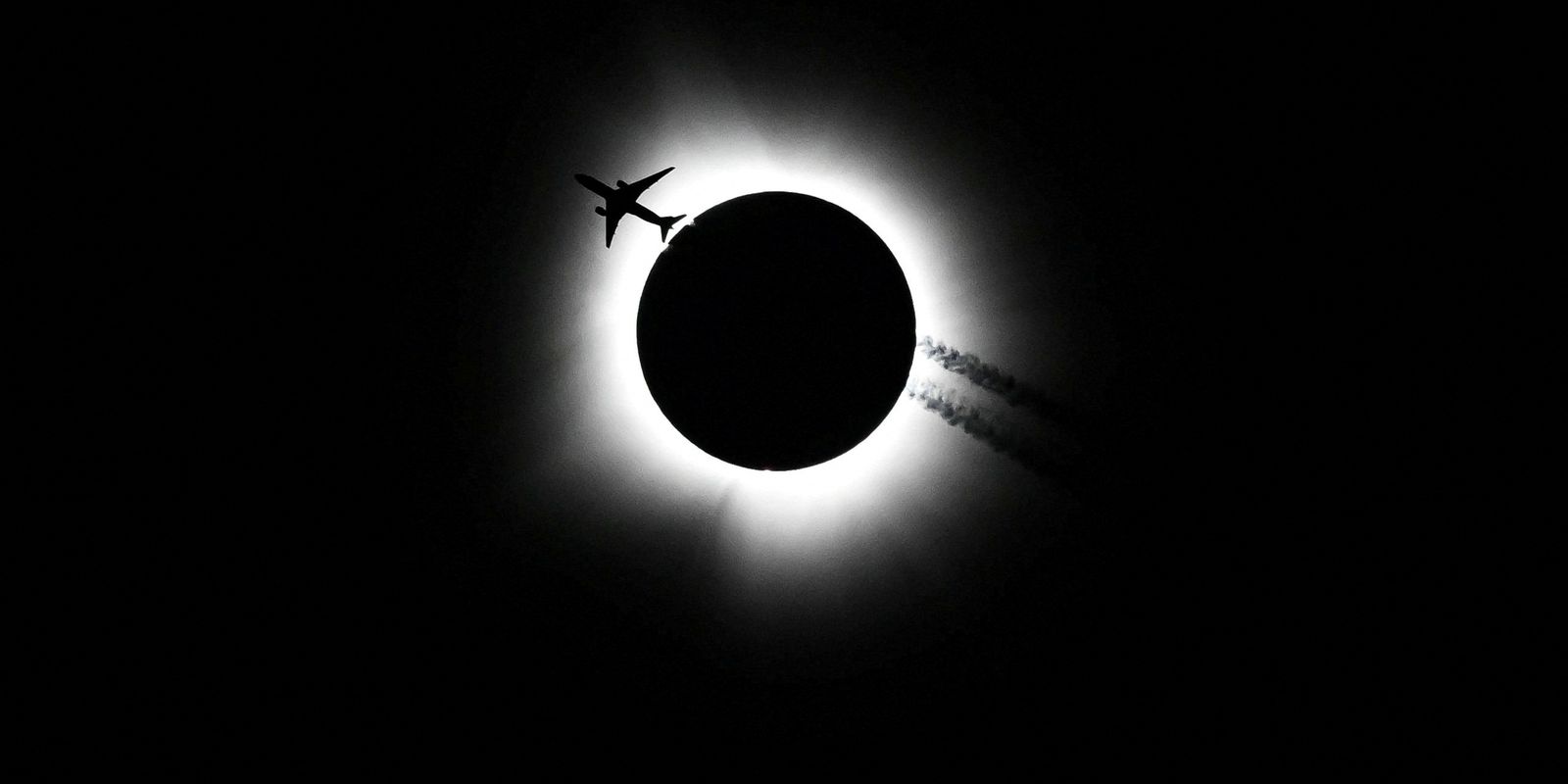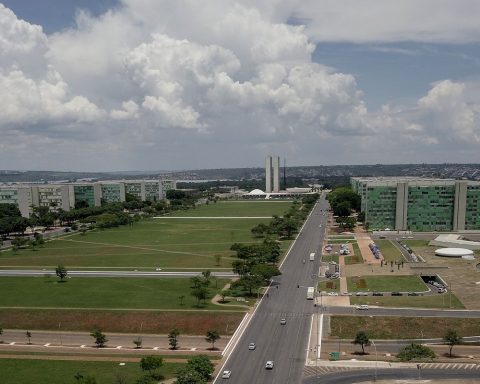The annular solar eclipse next Wednesday (2) can be seen by observers in the southern part of the southeast and central-west regions, in addition to the entire southern region of Brazil. The phenomenon occurs when the Moon aligns itself between the Earth and the Sun, which means that the Moon’s shadow does not completely cover the Sun, even though the satellite is much closer to the Earth than the Sun, which causes the so-called “ring of fire” in the sky.
The eclipse will be seen as annular in a narrow band that passes through the Pacific Ocean, Atlantic Ocean and the southern tip of South America, including Chile and Argentina.
According to the astronomer at the National Observatory (ON), Josina Nascimento, “the further south the larger the eclipsed area will be”, he explained.
Phenomenon
In both total and annular eclipses the moon aligns itself between the Earth and the sun, blocking all or most of the sunlight on a portion of the Earth’s surface. The darkest shadow, where all sunlight is blocked, is called the umbra. Around the umbra, the lightest shadow is defined, the penumbra, where sunlight is partially blocked and the eclipse is seen as partial.
“This type of eclipse occurs when the Moon is at its apogee, the furthest point in its orbit from the Earth, or close to this point, making it appear smaller than the Sun in the sky. The frequency with which solar eclipses occur is on average twice a year, and can only be partial, annular or total. The last annular eclipse of the Sun occurred on October 14, 2023 and was seen in a part of Brazil”, clarified Josina.
During the October 2023 eclipse, the National Observatory (ON) coordinated a large international integrated action for observation and transmission of the astronomical event. ON’s broadcast of the Annular Eclipse of the Sun surpassed 2.2 million views. Additionally, NASA and Time and Date retransmitted the Brazilian images.
According to the astronomer, eclipses of the Moon and the Sun usually occur in sequence. This is due to the inclination of the Moon’s orbit relative to the Earth. In the case of this annular eclipse, it is paired with the partial eclipse of the Moon that occurred on the night of September 17th to 18th.
Observation
For those who intend to observe the eclipse, it is important to be in a location with a clear view to the west, as the event will occur close to sunset. In Rio de Janeiro, for example, the partial eclipse will begin at 5:01 pm, reach its maximum at 5:42 pm, and the Sun will set at 5:52 pm. Josina Nascimento warns about the necessary care when observing the phenomenon. “Under no circumstances look directly at the Sun without adequate protection. Dark glasses, X-ray plates or other homemade filters do not protect against damage. It is essential to use certified filters, such as special glasses for solar observation or 14-inch welder glasses”, he assessed.
Live broadcast
The National Observatory will broadcast the annular eclipse live on YouTubein partnership with astronomers from the Project Heaven in your Home: remote observation and with the Time And Datean international organization that provides services related to weather, climate, astronomical phenomena and time zones.

















